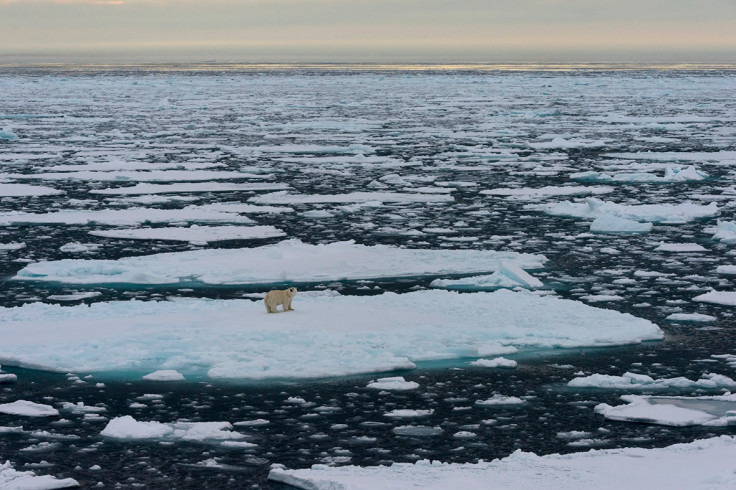Polar bears to go extinct if greenhouse gas emissions continue on current course

Polar bears will go extinct if greenhouse gas emissions are not curbed, a US Geological Survey report has found.
Experts said emissions remain the primary threat to polar bear populations across the globe, with populations expected to plummet 25 years sooner than previously thought.
Researchers used two models to look at how emissions will affect polar bears. In one, emissions remain on their current course resulting in global warming by the end of the century while the other involved reducing emissions and a stabilisation of warming.
In the unabated emissions scenario, sea ice loss and climate change-related problems would lead to polar bear populations in two of the four ecoregions to reach a massively decreased state 25 years faster than the reduced emissions scenario.
However, both scenarios predicted a worsening outcome for polar bears by the end of the century. If emissions are reduced, the USGS predicts all polar bear populations will decrease except for those found in Archipelago Ecoregion, in the high-latitude Canadian Arctic, where sea ice remains for longer into the summer.
Mike Runge, a USGS research ecologist, said: "Addressing sea ice loss will require global policy solutions to reduce greenhouse gas emissions and likely be years in the making. Because carbon emissions accumulate over time, there will be a lag, likely on the order of several decades, between mitigation of emissions and meaningful stabilisation of sea ice loss."

Because polar bears rely on ice as a platform for hunting, the bears must retreat to land, where their prey is limited. Experts say food sources on land will not be able to sustain polar bear populations for the summer months when the ice is gone.
Todd Atwood, lead author of the study, said: "Substantial sea ice loss and expected declines in the availability of marine prey that polar bears eat are the most important specific reasons for the increasingly worse outlook for polar bear populations.
"We found that other environmental stressors such as trans-Arctic shipping, oil and gas exploration, disease and contaminants, sustainable harvest and defence of life takes, had only negligible effects on polar bear populations – compared to the much larger effects of sea ice loss and associated declines in their ability to access prey."
Researchers wrote: "Our findings suggest adverse consequences of loss of sea ice habitat become more pronounced as the summer ice-free period lengthens beyond four months, which could occur in portions of the Arctic by the middle of this century under the unabated pathway.
"The long-term persistence of polar bears may be achieved through ameliorating the loss of sea ice habitat, which will likely require stabilising CO2 emissions."
© Copyright IBTimes 2025. All rights reserved.






















